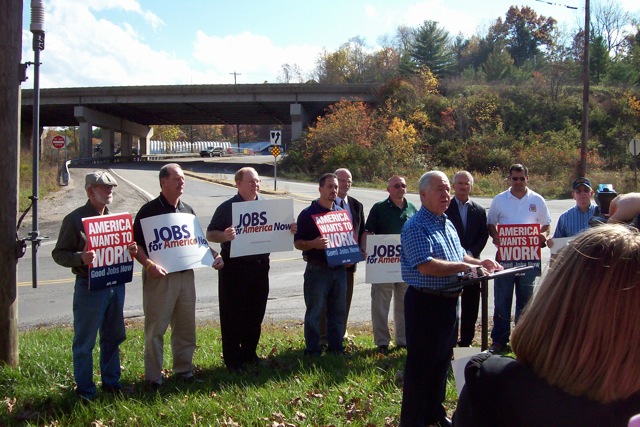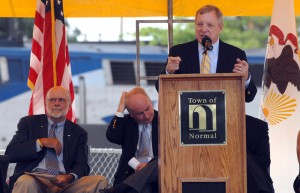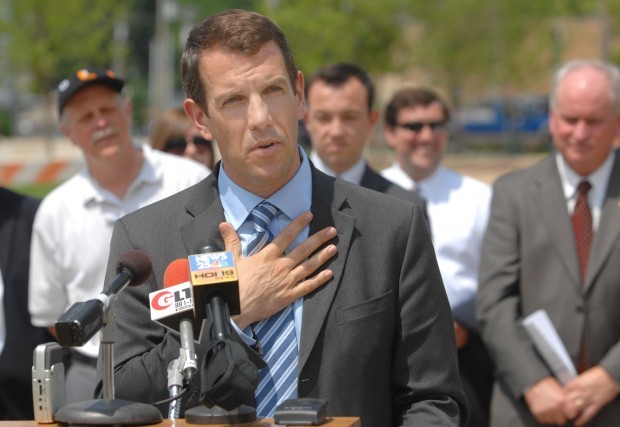A new report commissioned by the Illinois DOT offers lessons for other states on improving public engagement.
“Historically, state agencies have relied on a few big meetings to get feedback on projects,” says Dr. Robert Ginsburg, Research Assistant Professor at the Urban Transportation Center at the University of Illinois at Chicago (UIC UTC), a T4America member, offering one example of the status-quo (read: insufficient) methods used to engage the public. Few state departments of transportation use robust and sophisticated public involvement strategies.
Acknowledging the need for better strategies to reach affected communities, especially hard to reach or disadvantaged communities, IDOT commissioned a report about best practices and state-of-the-art research for improving their process from UTC and the Institute for Policy and Civic Engagement (IPCE) at UIC’s College of Urban Planning and Public Affairs.
In late July of this year, UTC released the report commissioned by IDOT. Recommendations to Enhance Quality Engagement contains eight suggestions and a handful of case studies illustrating how IDOT can improve relationships with stakeholders.
The report identified many challenges, such as reliance on consultants and uneven levels of staff expertise and high staff turnover that may leave the department at risk of engagement with the public just becoming a box-checking exercise. Or worse, appearing to “decide, announce, and defend,” a pejorative term for how highway planners of the 1950’s and 1960’s treated those who didn’t have the political or economic power to resist their projects. (As the report notes, that approach led to regulations to better incorporate public input into the planning process).
To IDOT’s credit, meaningful engagement is no easy task in a diverse state. “You have north and south, urban and rural, and generally lots of interests at play, plus the sheer size of the system,” says Jordan Jones, the report’s principal author and a Research Associate at the Institute for Policy and Civic Engagement (IPCE) at UIC’s College of Urban Planning and Public Affairs.
“There are no real shortcuts to achieving quality public engagement,” the report’s introduction outlines. “It takes time, resources, and commitment from management and frontline staff,” says Jones.
That’s a tall order for a state facing budget shortfalls. But lack of funding is the very reason to improve a process that the state admits it has not done effectively enough, says Ginsburg. “In an era of tight money, infrastructure investment and economic growth is welcome. They recognize that transportation spending is one of the largest economic development tools for most states, so how they relate to communities on that development is important.”
Jones also stressed the agency’s strengths, including a frank and accommodating staff. “I was heartened by their belief in public engagement as an important part of the process,” he says.
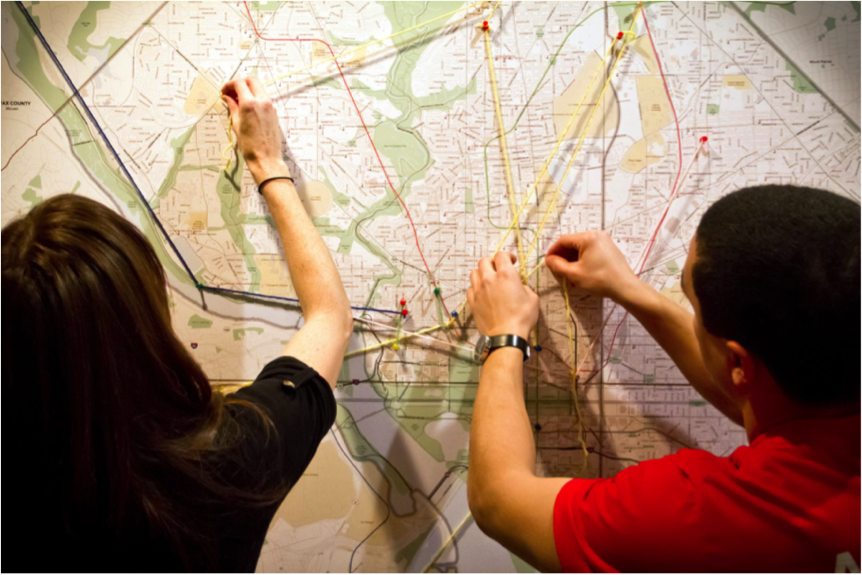
Residents map their commutes as part of the Washington DC DOT’s public engagement process. Photo by thisisbossi via Flickr.
Improvements are not unprecedented. The Minnesota DOT, for example, is expanding its suite of techniques, using nontraditional locations, developing new partnerships with community-based groups and businesses, and tapping new technology, among other strategies.
States can also learn from Minnesota’s lead in making data-driven adjustments to engagement activities. “What gets measured gets improved upon,” says Matt Sweeney, IPCE research specialist and another author on the report. “State DOTs should systematically collect data throughout the public engagement processes they are required to conduct,” he says.
That could include keeping a database of contacts, incorporating data collection into participatory activities, or just making note of what did and didn’t go well, he says. “Over time, this data can help determine what is and isn’t working, and allow for the development of quality resources for others to use. That institutional memory will make the engagement process easier and more effective for everyone” Sweeney says. “And, the data should be open in order to enhance transparency and enable greater public input and innovation.”
Another lesson derived from looking at best practices around the country: reduce reliance on those big meetings. Smaller and more frequent ones are more effective. “One thing that we learned from the report was that rather than conduct one meeting with one hundred people, five meetings with twenty people is cheaper and easier to organize and will get you better information, better connections, better input, and better support” says Ginsburg.
The report also recommends tapping technological tools, though it is no panacea.
“The biggest surprise for me is that you have all these burgeoning institutions and cutting-edge technologies, but at the end of the day, it’s all about having an open and ongoing conversation,” Jones says. “If practitioners can keep that in mind, they’re halfway there.”
At heart, says Jones, the point is building better, more durable relationships with the public. “You simply cannot do that over night,” he says. “It’s not a behavioral shift, it’s about a cultural shift.” Noting that the recommendations in the report are intended to be implemented over the long haul, he adds, “It’s a marathon, not a sprint.”
View the report here.




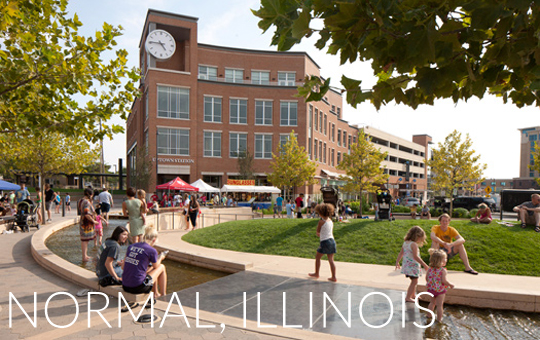

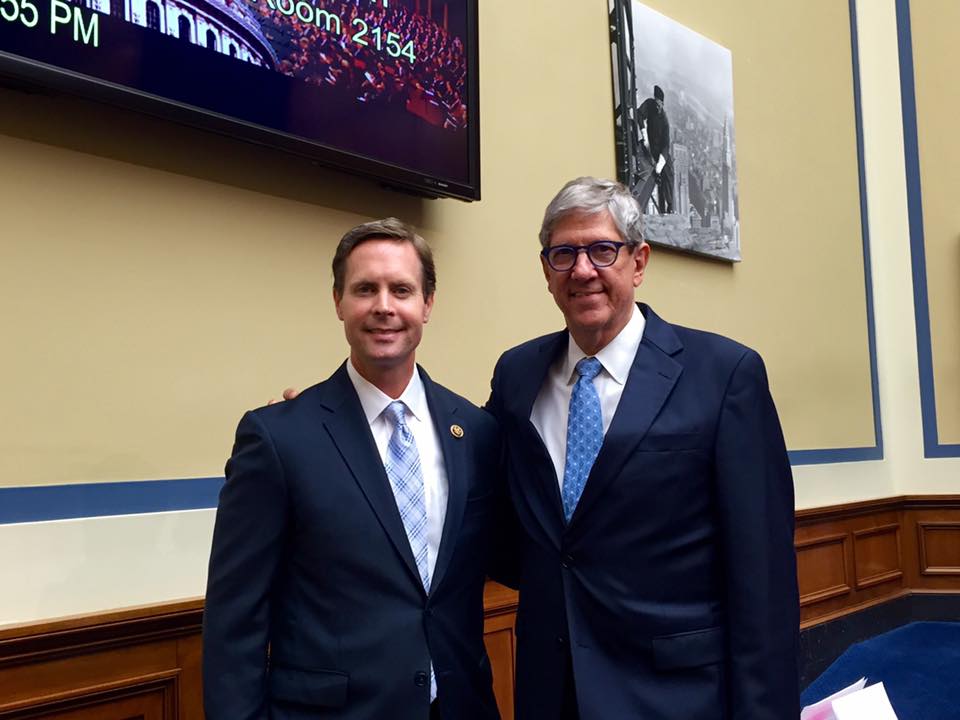

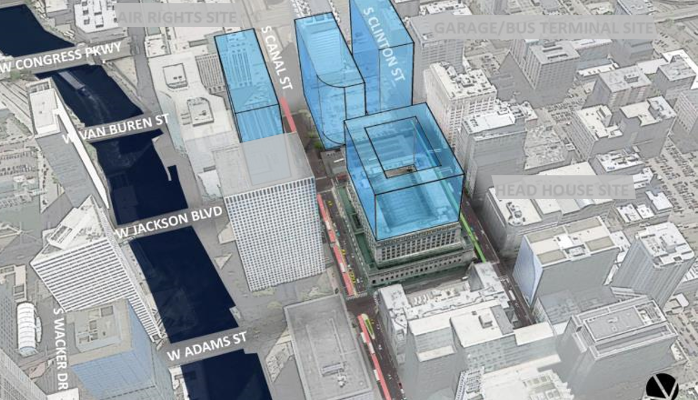
 By authorizing TFIA, the Illinois General Assembly created a way for Chicago to provide the necessary match for Red/Purple Line modernization and critical improvements to
By authorizing TFIA, the Illinois General Assembly created a way for Chicago to provide the necessary match for Red/Purple Line modernization and critical improvements to 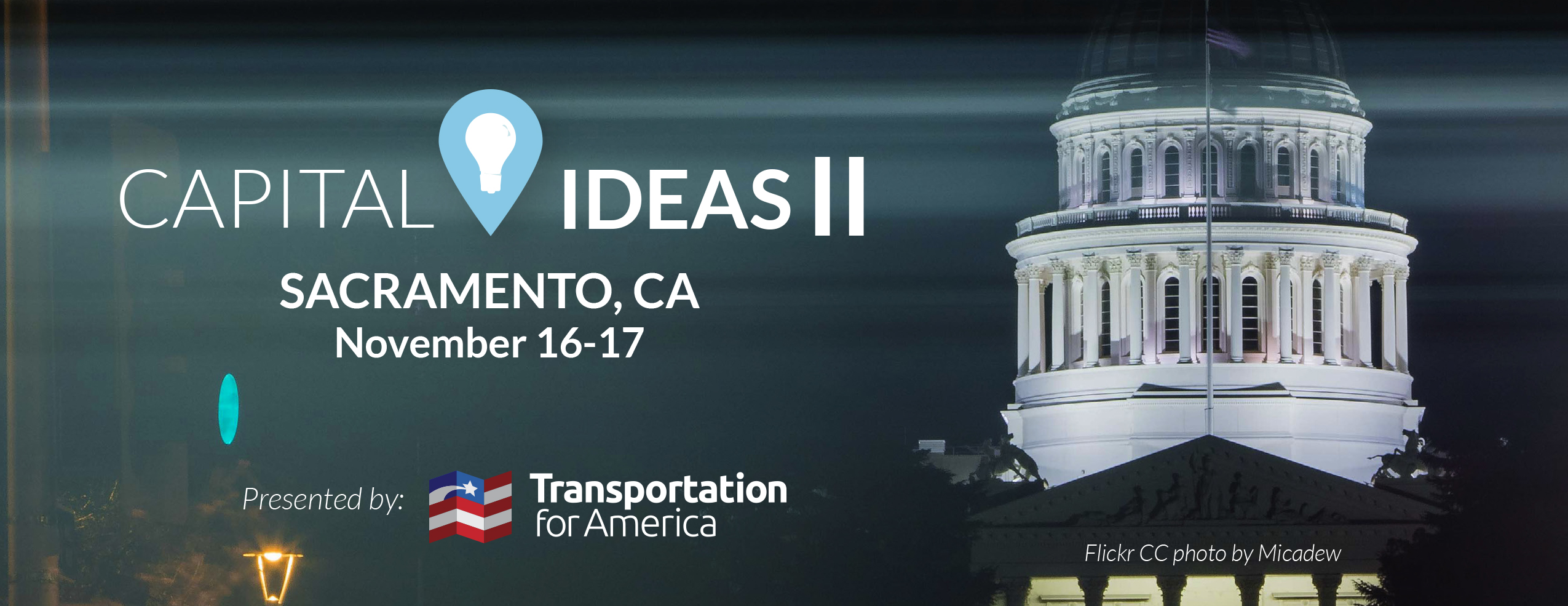
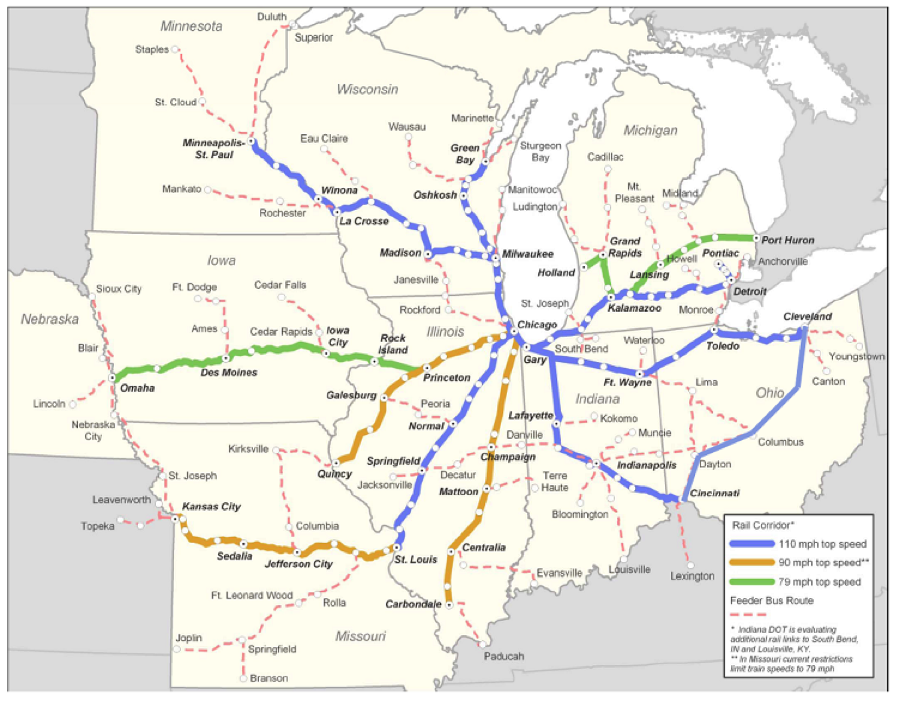
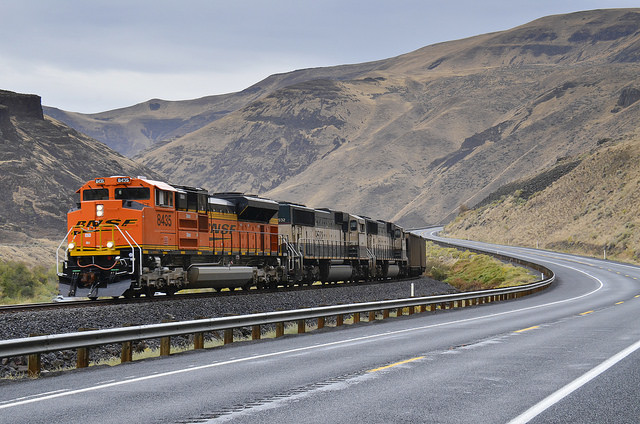
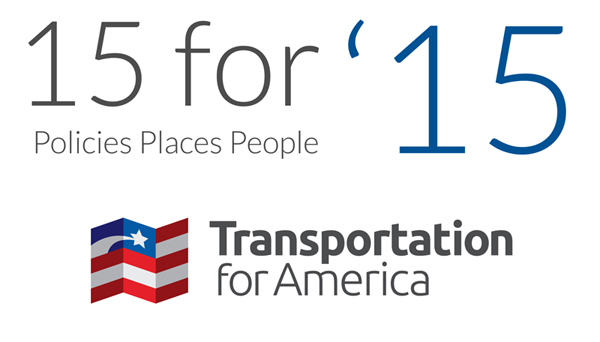

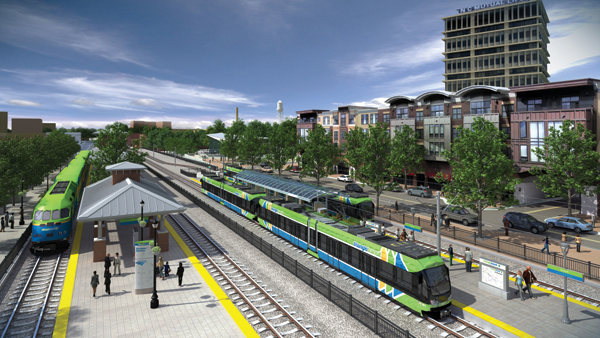
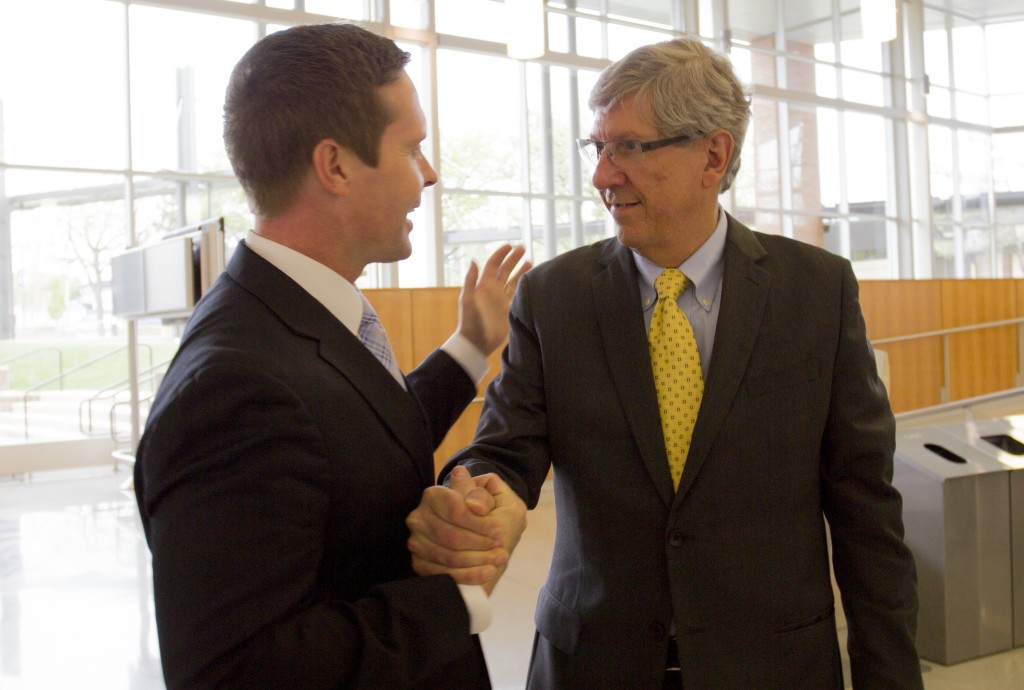
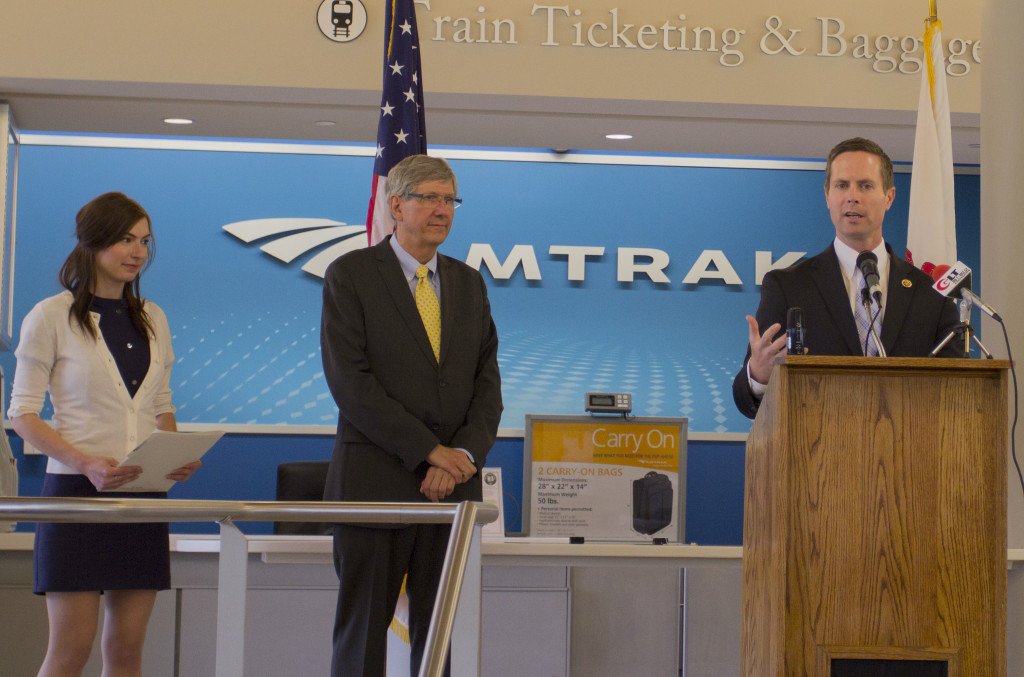


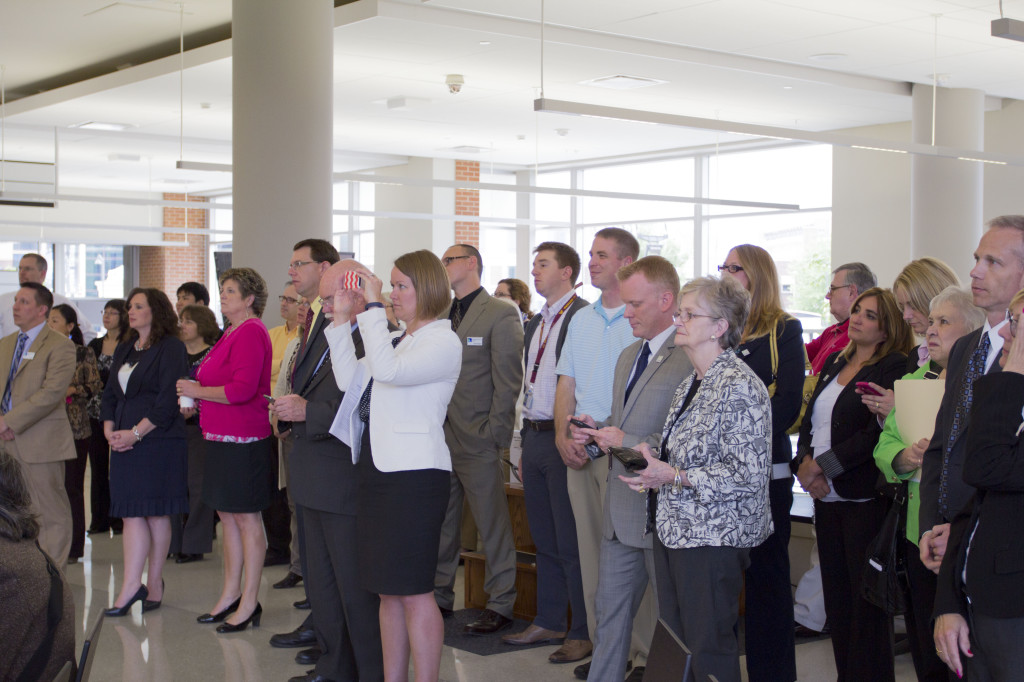
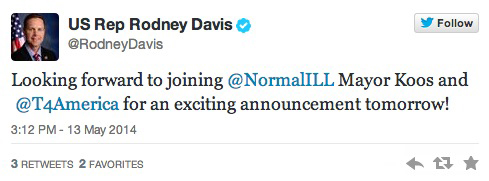
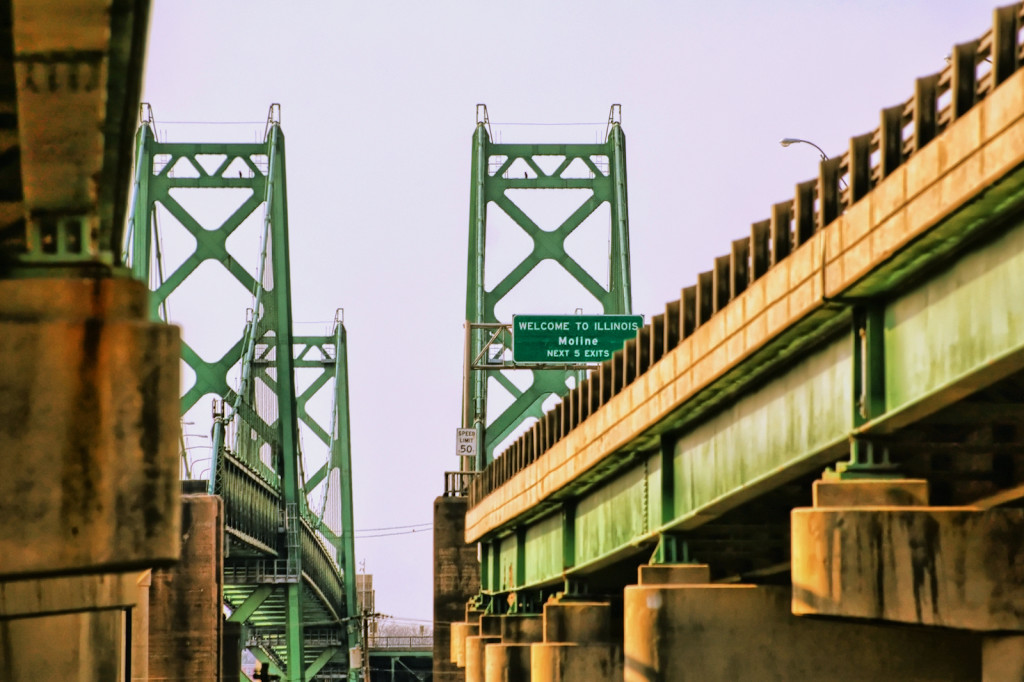

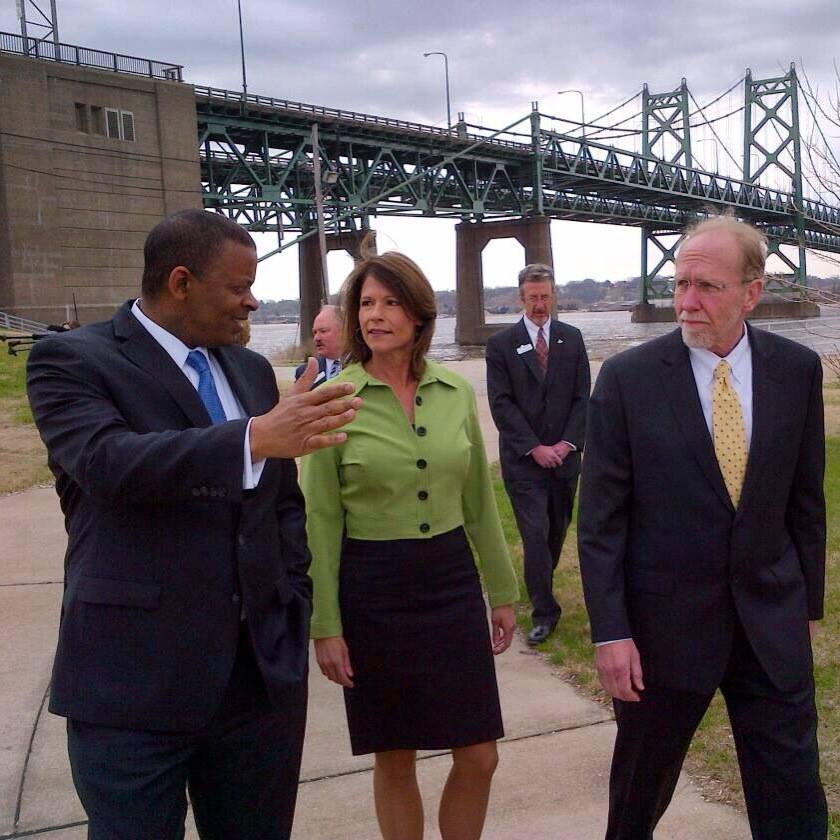
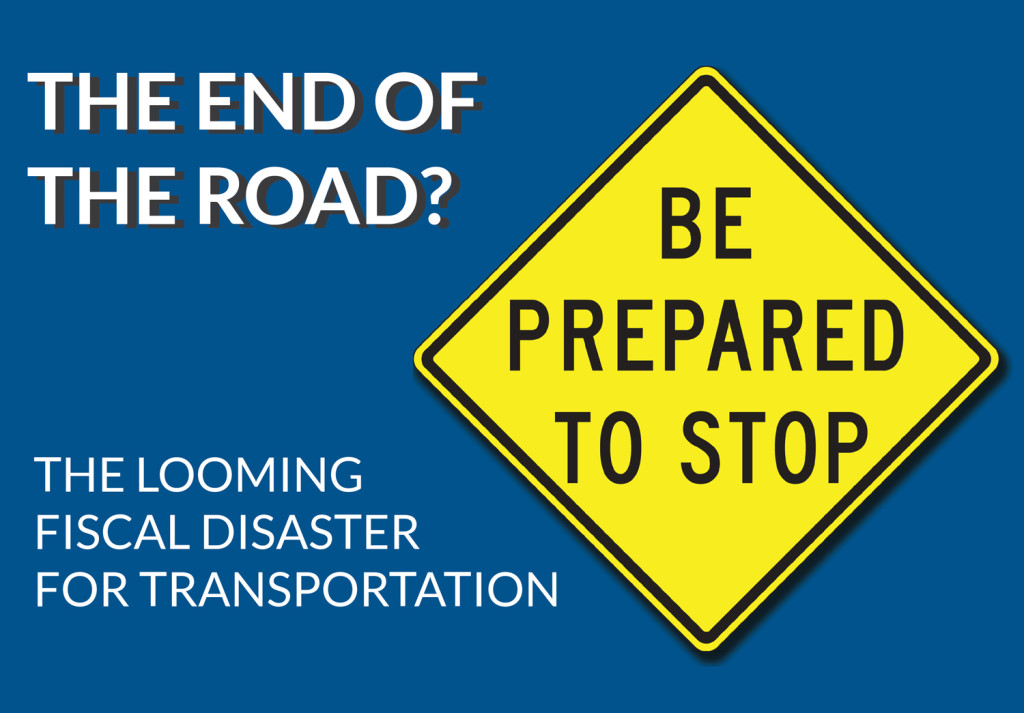



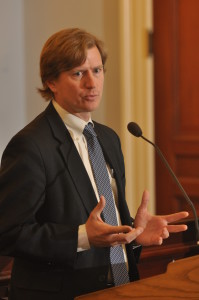
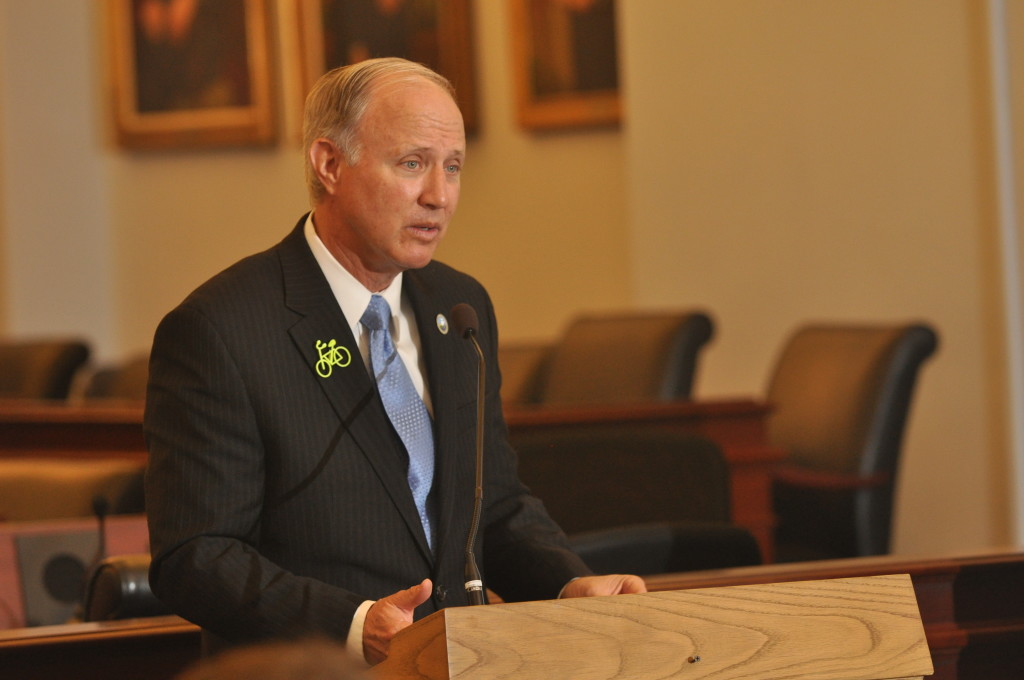

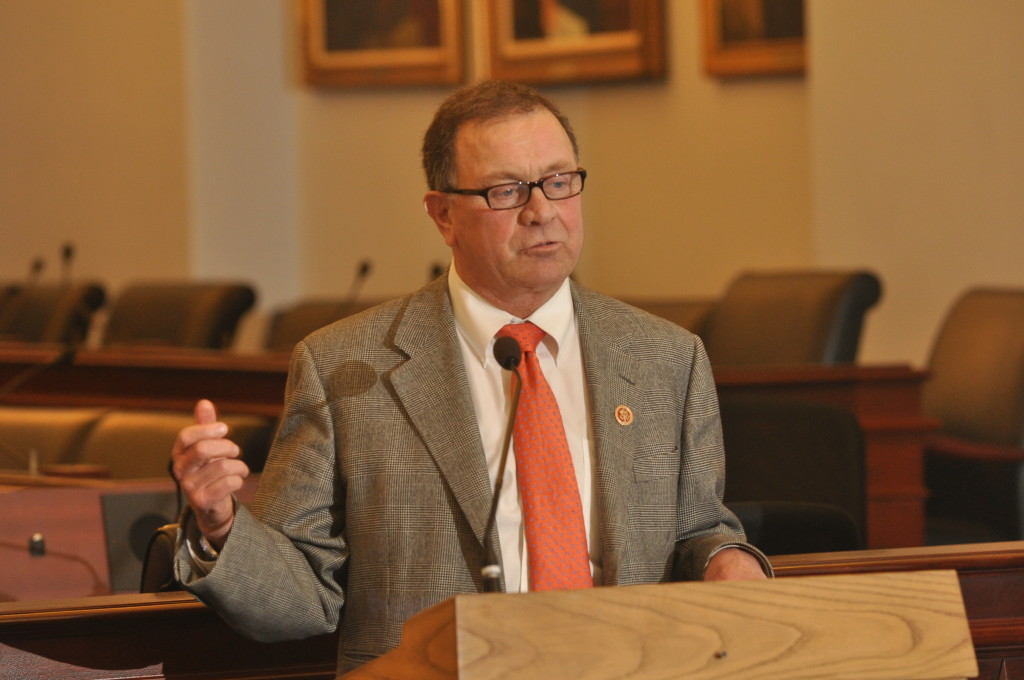
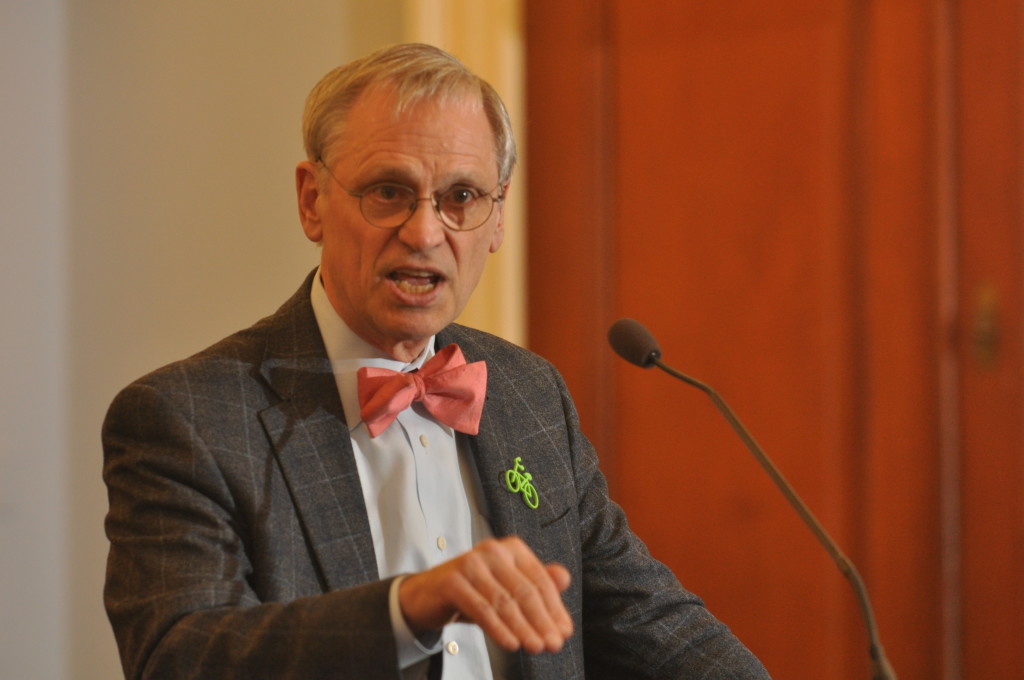
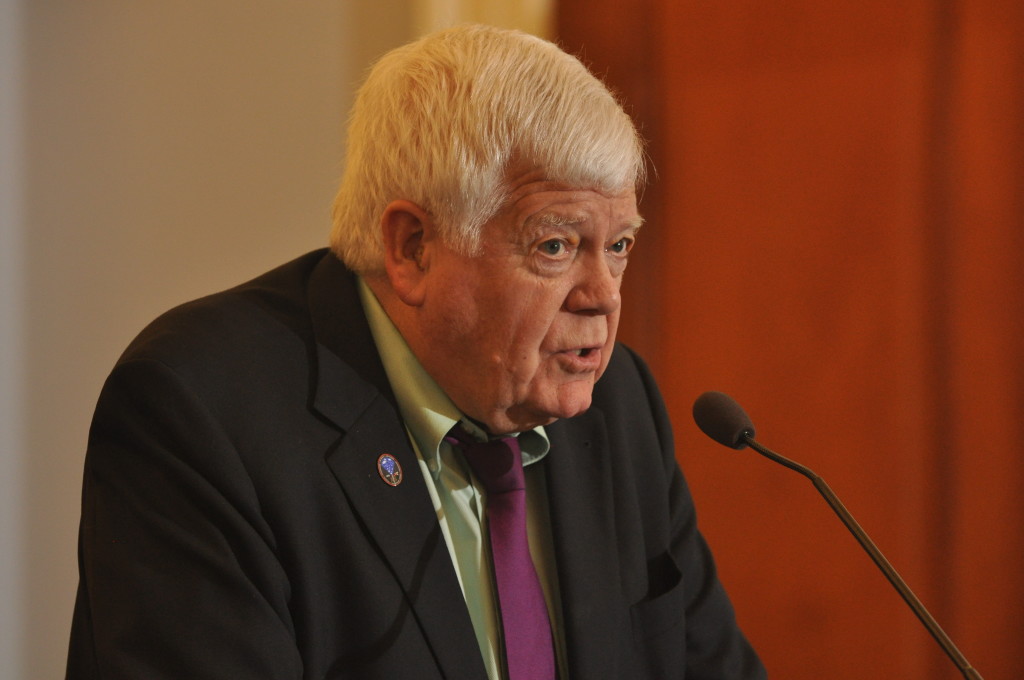
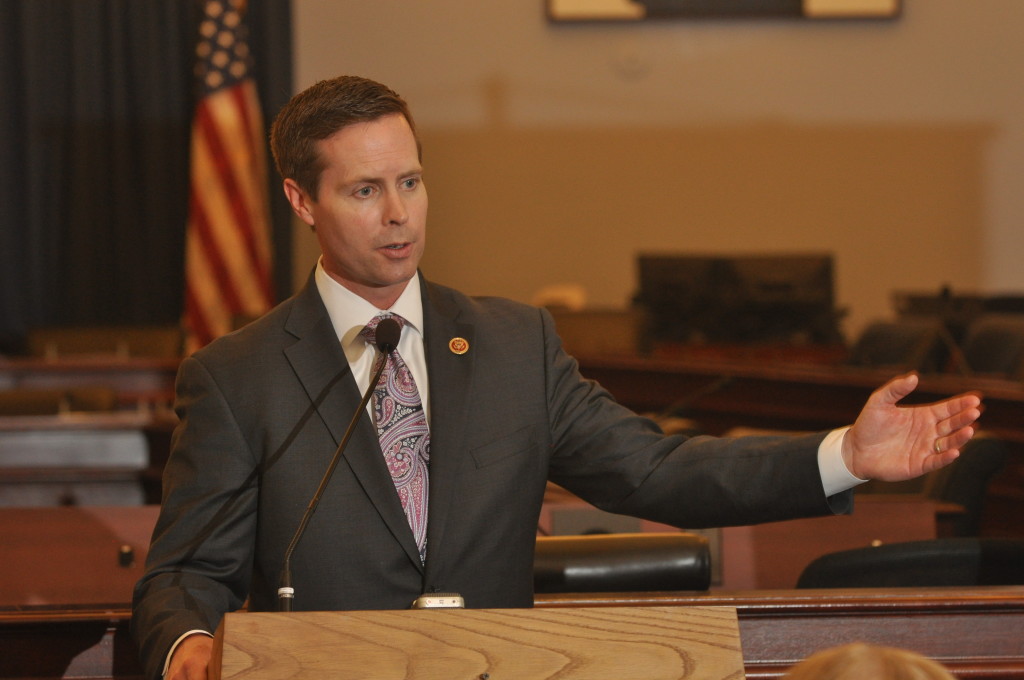
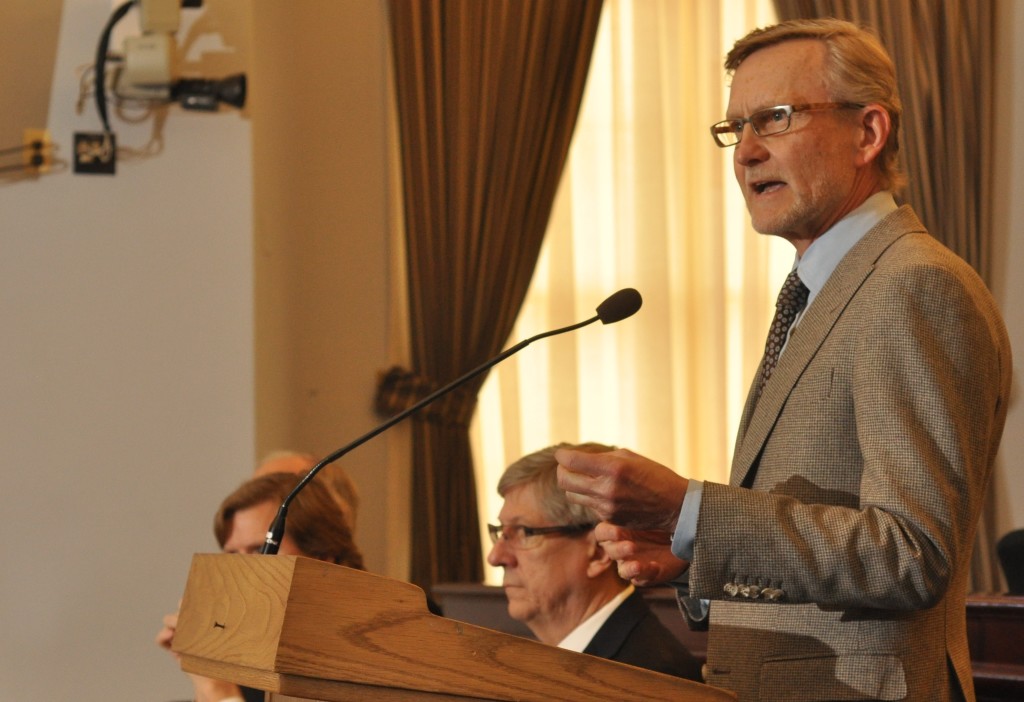
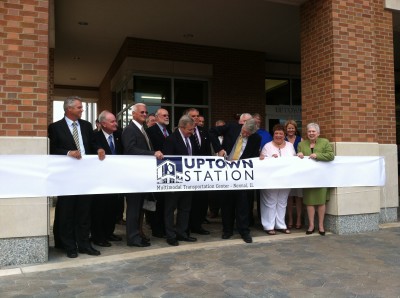
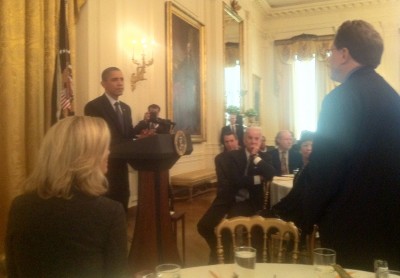 Brian Imus of Illinois PIRG, Scott Wolf of Grow Smart Rhode Island, and Arnold Weinfeld of the Michigan Municipal League (pictured, standing right) were invited guests of the President for his Monday working group meeting in the White House to talk about the urgent need for America to invest more dollars, wisely, in our aging transportation system.
Brian Imus of Illinois PIRG, Scott Wolf of Grow Smart Rhode Island, and Arnold Weinfeld of the Michigan Municipal League (pictured, standing right) were invited guests of the President for his Monday working group meeting in the White House to talk about the urgent need for America to invest more dollars, wisely, in our aging transportation system.